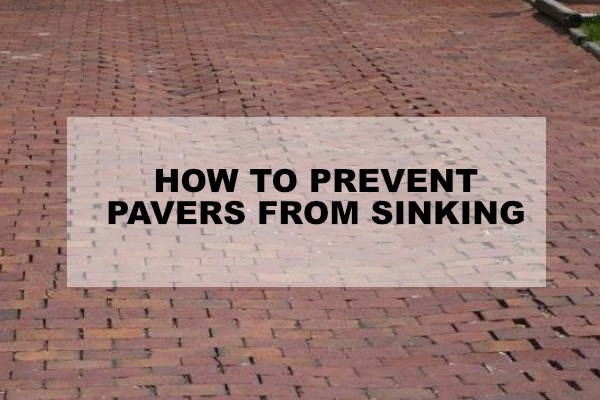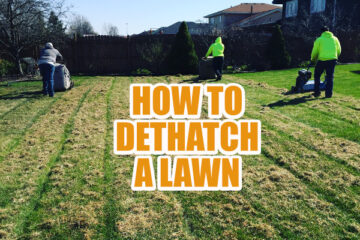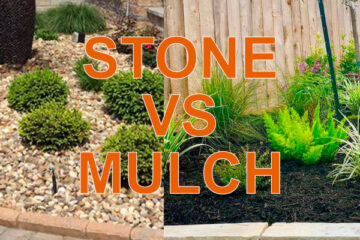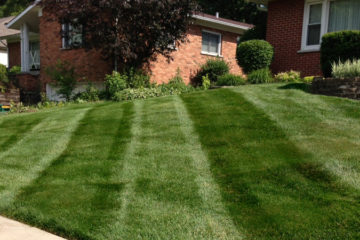Pavers make excellent patios, and it is awful to see that beautiful work sinking into the ground after a few years. Luckily, there are a few easy steps to take to prevent this from happening.
The key to creating a patio with interlocking pavers that lasts is to plan and build it correctly from the beginning. In this article, we will cover how to prevent brick pavers from sinking before and after installation, how to prevent weeds from growing between bricks and pavers, and we will address some of the most frequently asked questions when it comes to patios, walkaways, and pavers.
Preventing uneven stones during installation
Uneven stones are potentially dangerous in addition to being an eyesore. Before the stones are laid, carefully even out the ground and provide proper drainage for water beneath the stones.
A small height difference in the soil may not be noticeable to the naked eye. However, once the pavers are laid, it can develop into a huge problem. Constructing a good base is the most critical part of creating a safe, attractive paver patio.
Related: How To Turn Your Lawn Into A Garden
How to properly install pavers and prevent uneven bricks
- Dig down between 6″ and 10” of soil to create a base
- Lay a base of 4 inches of gravel (compact the gravel)
- Install a 1 inch layer of sand
- Install the pavers
- Spread masonry sand across the entire surface
Dig down between 6″ and 10” when creating a base. If there are problems like inferior soil or inadequate drainage at the base, dig down further.
Use processed gravel as a base underneath the stones to maintain their evenness. Compact the gravel incrementally as you go up to create a stable, secure base.
Related: How To Install Mulch
Apply and compact the gravel until the desired height is reached, and the base is flat and sturdy. Apply a one-inch layer of sand on top of the gravel before installing the pavers. Once the pavers are installed, spread masonry sand across the entire surface.
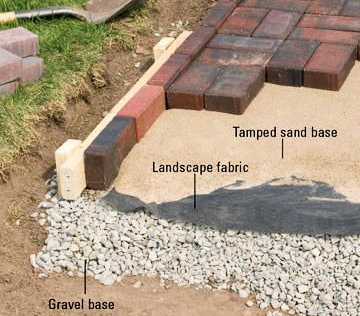
Some soil types are especially susceptible to water retention. During winter or cold spells, when the ground freezes, moist soil turns frozen and expands. If the soil expands underneath the pavers, the stones will shift and go askew.
Examine the type of soil you have before starting the installation of the pavers. Monitor it in times of heavy rain or cold, if possible, for the best understanding.
Prevent uneven paver stones after installation
If the pavers are already installed and have become uneven, there are steps to be taken to fix them. Problem areas can be dealt with on their own without digging up the entire patio. Carefully remove the pavers or bricks around the area and add processed gravel to the base to make it sturdier.
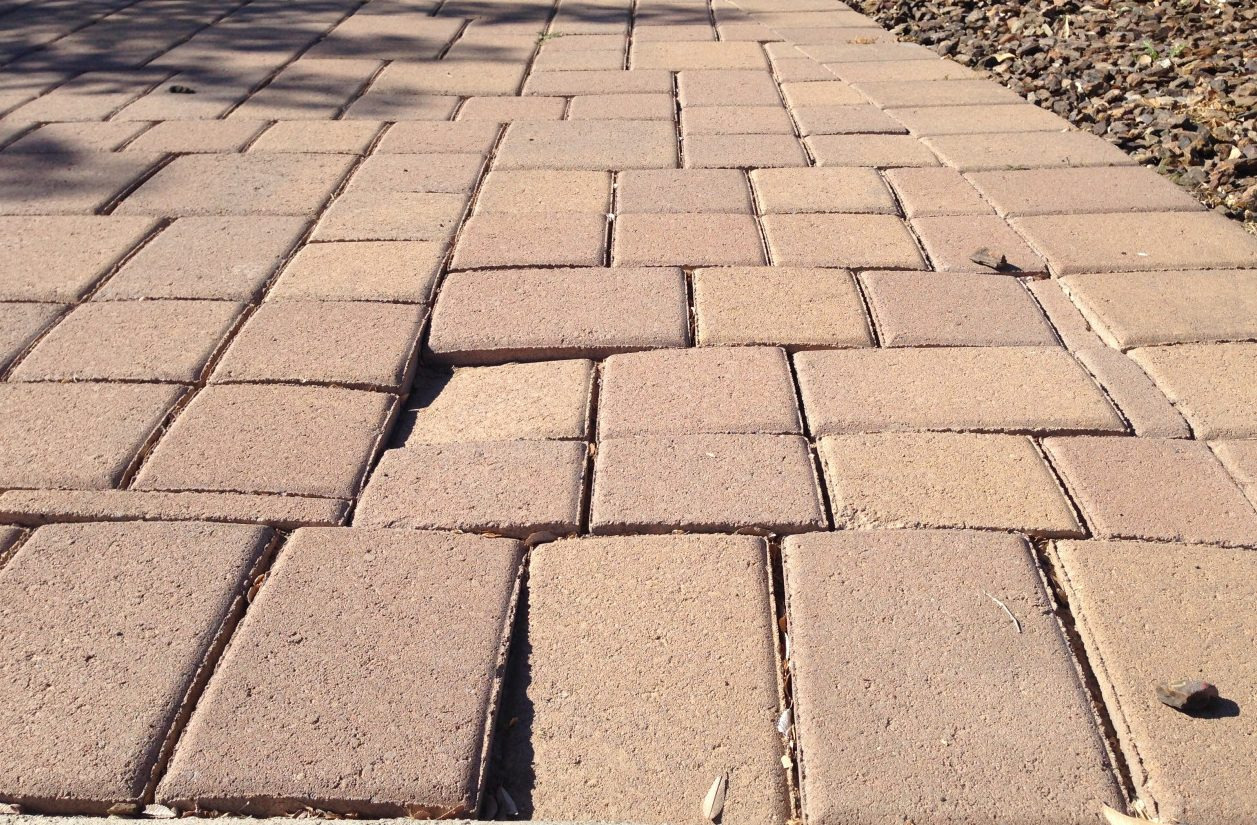
It is not always easy to see uneven stones with the naked eye. An indication of a potential problem is water pooling in certain areas on the patio.
If you see puddles gathering in specific areas frequently, it is likely the stones have settled unevenly. While this may not seem like a huge deal, since the unevenness isn’t visible, the water puddles will attract insects and potentially cause unsanitary conditions. Additionally, pooling water can leak into basements, under house foundations, and into gardens, causing extensive and expensive damage.
Fixing shifting / out of place pavers
Pavers that are shifting out of place and causing gaps in the patio need stability to keep them positioned correctly. Shifting pavers are the result of insufficient or nonexistent edge support. Edge supports are a must for paver patios and are available from home and garden centers (wherever pavers are sold). Edgers are available in plastic, cement, or metal. Choose good weather-resistant, solid edge supports.

Fix protruding Pavers
In a potentially dangerous situation, protruding pavers are caused by improper sealing at the edges and between the stones. Polymeric sand is a bonding agent applied to the spaces between the stones. The sand needs to be compacted into the gaps to be effective. This sand keeps the stones bonded together and prevents them from separating and shifting upwards.
How to Prevent Weeds Between Bricks and Pavers
Properly adding polymeric sand between the pavers assists in stopping weeds from sprouting up. In addition, a geotextile fabric should be laid across the base before the pavers are installed. This fabric acts as a weed barrier and also strengthens the overall patio.
Related: Kentucky Bluegrass Mowing Height
Frequently asked questions about pavers
How long do pavers last?
Pavers last 20-30 years on average. Pavers can be easily repaired and replaced if needed.
What causes pavers to sink?
Improper compaction of the gravel and sand or small layer of the base (gravel) used during installation.
What causes gaps or pavers to shift?
Shifting pavers are the result of improper or no installation at all of an edger. Another common cause is the absence of paver sand during installation.
How deep should the base be for installing pavers?
Between 6″ and 10″.
Conclusion
If you are planning a paver stone patio, do your research beforehand. Choosing a reliable and experienced landscaper is essential. A good landscaper will understand the importance of building up a solid, sturdy foundation to prevent problems from arising.

